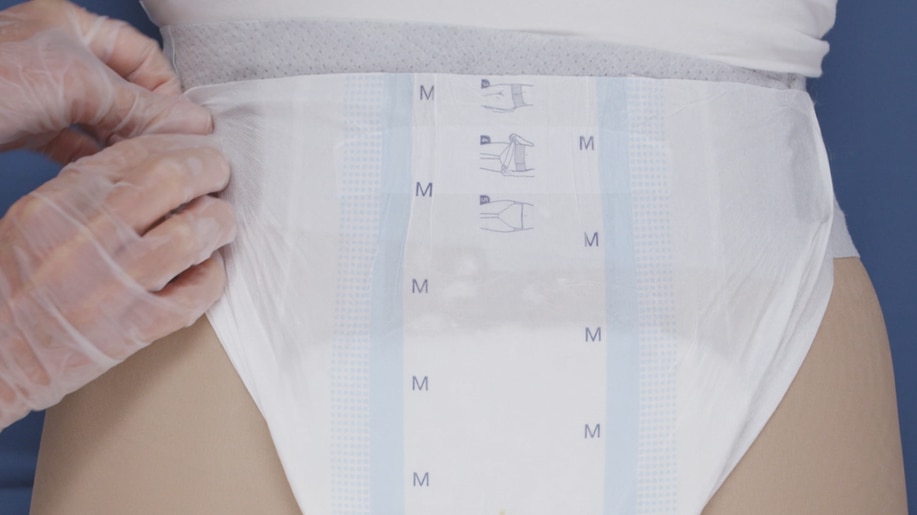If it’s part of your job to help people living with MS better understand and manage their disease, you’ll know how important the question of bladder function becomes. The good news is, with treatment paradigms evolving all the time, MS is becoming more manageable, and so is the attendant incontinence.
This does also mean the knowledge required to develop a successful treatment strategy – including a strategy for bladder management – is expanding. Here is an introduction to the kinds of bowel and bladder problems you may encounter, and how to manage them.
How MS affects bladder and bowel control
MS is, of course, a progressive autoimmune disease that damages the nerves, causing communication problems between the brain and the rest of the body. This includes the urinary system. As a result, about three in four people with MS will experience some type of bladder dysfunction. There are several types of dysfunction that may occur:















